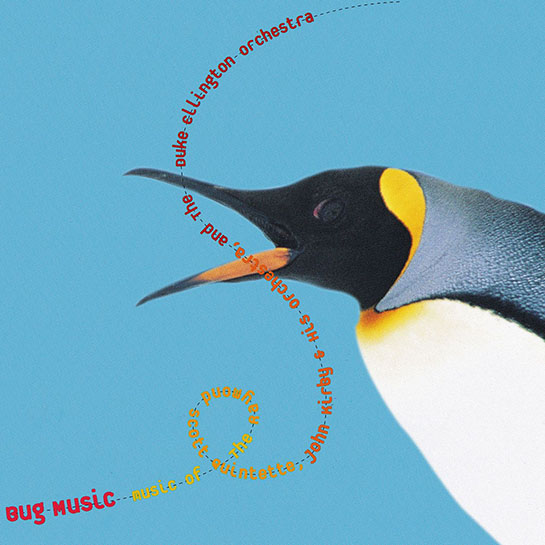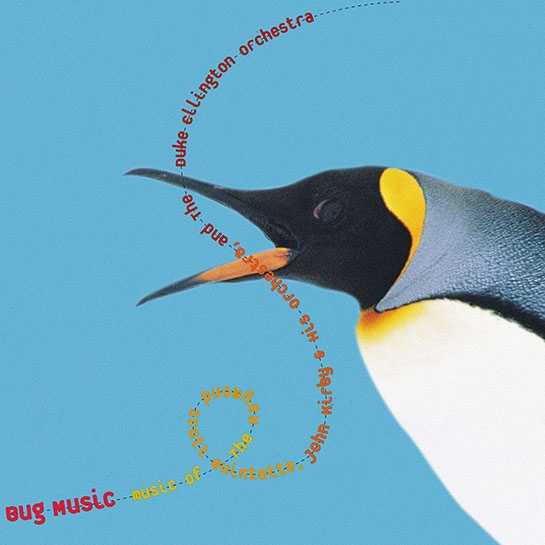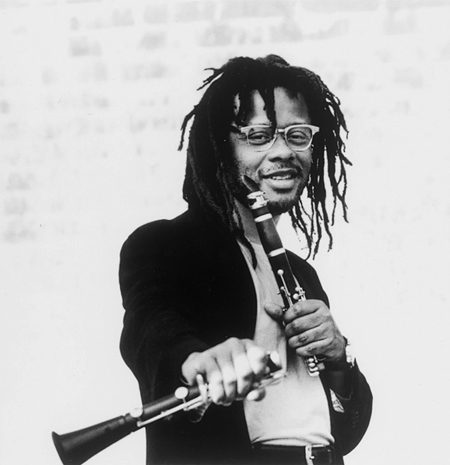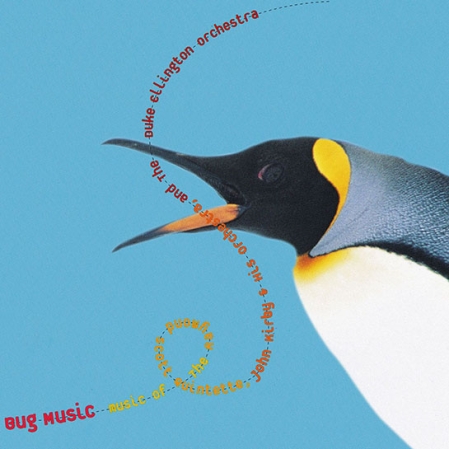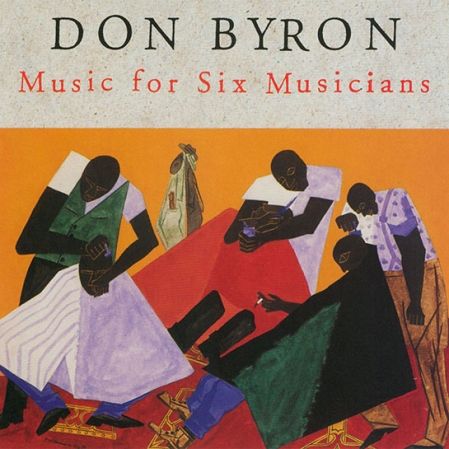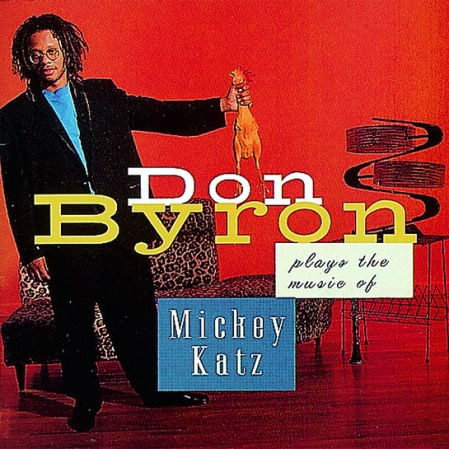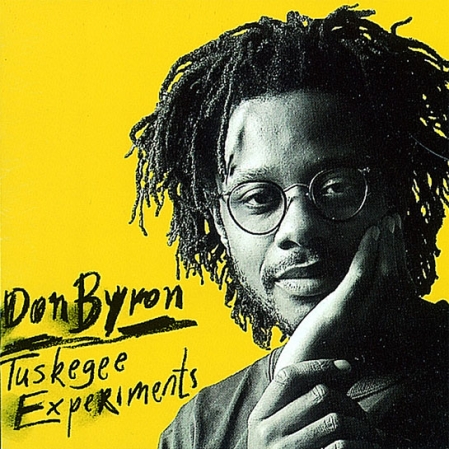Duke Ellington, Billy Strayhorn, John Kirby, and Raymond Scott all employed groundbreaking compositional techniques that both bewitched and bewildered the public and critics alike. With Bug Music, clarinetist Don Byron, an inventor and innovator in his own right, has reexamined this substantial body of American music, choosing, as he says, "to combine information from outside sources with one’s individual sense of what is possible.”
Duke Ellington, Billy Strayhorn, John Kirby, and Raymond Scott all employed groundbreaking compositional techniques that both bewitched and bewildered the public and critics alike. With Bug Music, clarinetist Don Byron, an inventor and innovator in his own right, has reexamined this substantial body of American music. Rather than simply playing the tunes as note-for-note recreations, Byron has chosen to “recognize ‘out’ ideas in other composers, recycle them and synthesize something new within the circumstances of their own era and genre; to combine information from outside sources with one’s individual sense of what is possible.” (Byron, from the liner note)
Byron has taken unique chances with each new recording. In his Nonesuch debut, Tuskegee Experiments, an album of original musical conception taking its title from experiments conducted on black American men at Alabama’s Tuskegee Institute, he attempted to bring many different styles of jazz playing together without judgment. His 1993 release, Don Byron Plays the Music of Mickey Katz, is a tribute to the klezmer bandleader, Yiddish humorist, and popular parodist of the 1950s. Released in 1995, Music for Six Musicians explores yet another aspect of his multifaceted creativity as composer and leader, influenced by the Afro-Caribbean heritage of his family, the musical legacy of such Latin bandleaders as Eddie Palmieri and Ray Barretto, and the Bronx neighborhood where Byron grew up.
Bug Music is another of Byron’s explorations into the possibilities of ensemble music. He points out that jazz historians have understated the importance of much of this music, perhaps because there was a distinct connection to classical music that was uninvited and intimidating. Ellington introduced the orchestra as an instrument, while at the same time writing with specific players in mind. Strayhorn wrote some of Ellington’s most enduring music, and is only recently getting the recognition he deserves. Byron writes of John Kirby in his liner note that “the bravery of Kirby’s music can be appreciated if one considers what an African-American musician was supposed to sound like in this period or, more directly, what an African-American musician was supposed to know.” Scott, whose innovative combo music was used to great effect by Carl Stalling in his Warner Bros. cartoon scores, was not embraced by the jazz community because he did not allow improvisation.
Involved in the most adventurous circles of the New York music scene for the past decade, Byron has garnered international recognition as the foremost innovator on jazz clarinet. New York magazine says, “[Byron] makes his instrument seem like the hippest thing going: a brainier, more literate ax for a subtler age.” With Bug Music, Byron further expands this reputation by viewing this body of work in a way that has not been done before—as another framework that describes the potential of improvisatory and scored music, from yesterday to tomorrow.
PRODUCTION CREDITS
Produced by Don Byron
Recorded May 1996 at Master Sound, Astoria, Queens
Recorded and mixed by Tom Lazarus
Assistant Engineer: David Merrill
Mastring Engineer: Alan tucker
Associate Producer: Danny Kapilian
Arrangements and transcriptions by Don Byron
Design by John Tadoo
Photographs: Tony Stone Images
Executive Producer: Carol Yaple
79438
MUSICIANS
Don Byron, clarinet, baritone saxophone (1, 14), vocals (4)
Robert DeBellis, tenor saxophone (1, 8-14)
Craig Harris, trombone (1, 14)
Joey Baron, drums (1, 14)
Steve Wilson, alto saxophone (1-7, 14)
Uri Craine, piano, vocals (4)
Pheeroan akLaff, drums (2-7, 16)
James Zollar, trumpet (1-3, 5-6, 8-14)
Steve Bernstein, trumpet (1-3, 5-6, 8-14)
Charles Lewis, trumpet (1-3, 5-6, 8-14)
Paul Meyers, banjo (1, 14)
David Gilmore, guitar (16)
Kenny Davis, bass (1-14, 16)
Billy Hart, drums (8-13)
Dean Bowman, vocals (14)
